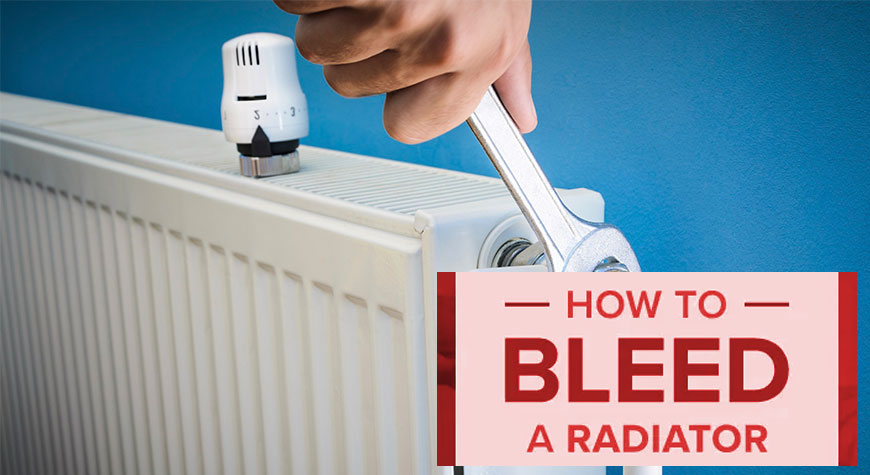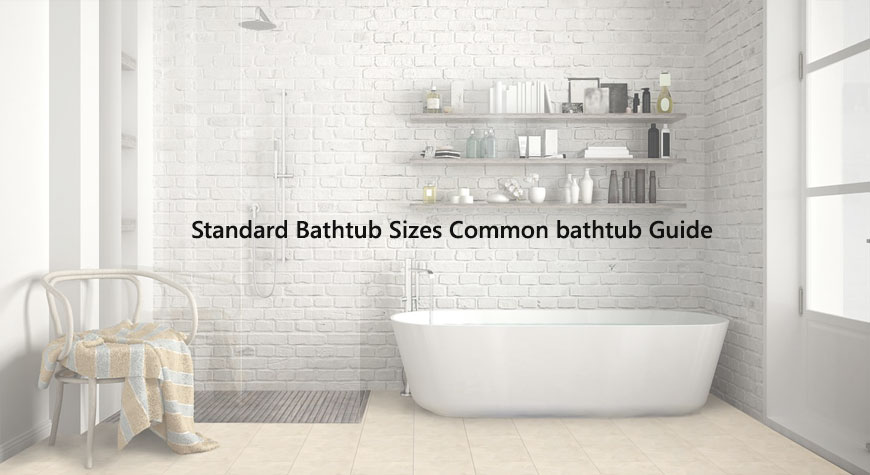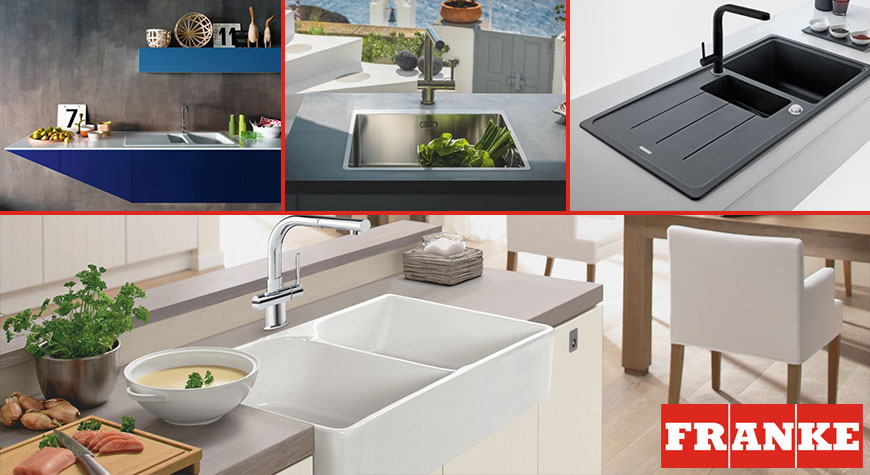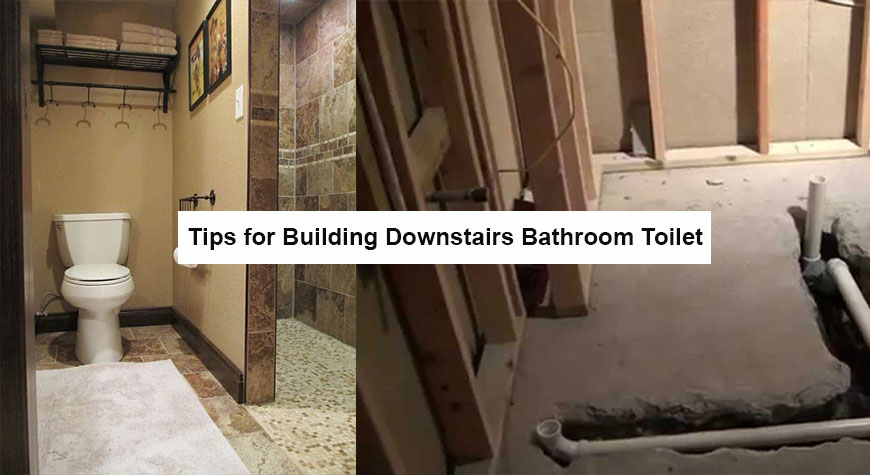The Facts About Stainless Steel Kitchen Sinks
Well over half of the world’s kitchen sinks are manufactured from stainless steel. It’s lightweight, easy to clean and maintain, and resistant to corrosion and rust. And it’s an extremely versatile material for sink design, so there’s an incredibly wide choice of styles and configurations – something to suit any kitchen.
What Is Stainless Steel?
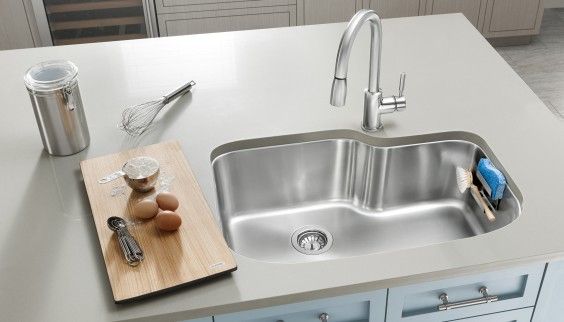
Stainless steel is a low-carbon steel alloy with a composition that includes at least 10.5% chromium. Higher percentages of chromium indicate superior quality. For stainless steel sinks, this quality is typically measured by the ratio of chromium to nickel present in the alloy – written as, for example, ’18:10’ (meaning 18% chromium & 10% nickel). A sink manufactured using 18:10 stainless steel is a high-quality product.
Surface Finish
A big advantage of sinks made from stainless steel is the variety of options they can offer, to complement any kitchen décor. One of those options is a choice of surface finishes. A variety of stainless steel finishes are available, the most common being matt, satin, and polished. Matt (or brushed) finishes tend to retain their just-installed look much better than the alternatives, which can be marred by small scratches. Other, more unique finishes include embossed (patterned), linen (fabric-like appearance), hammered (a beaten effect), and chemically-treated colour finishes including copper, bronze and blackened.
Sheet Metal Thickness (‘Gauge’)
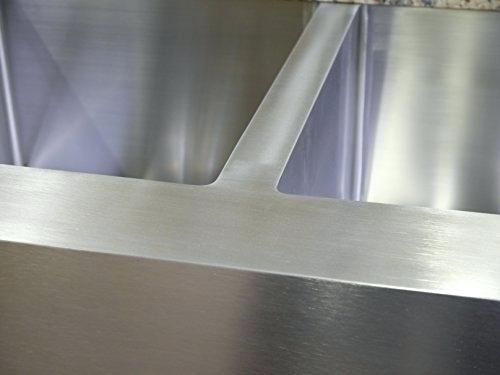
Stainless steel sinks typically use 16-gauge or 18-gauge sheet metal in their manufacture. 16-gauge stainless steel is slightly thicker, so it’s often used for larger sinks (to add stability and weight). The more malleable 18-gauge, by contrast, is easier to work with when constructing complex sink designs. It’s sometimes said to be more resistant to denting, but in practice there’s really very little difference between 16- and 18-gauge builds on this front. You may find sinks constructed using thinner 22-gauge stainless steel. These tend to be the cheap budget end of the marketplace, and may therefore be less desirable than thicker 16- and 18-gauge sinks. A particular disadvantage of a thinner sink is that it can be noisy. High quality stainless steel sinks are often fitted with pad(s) to suppress resonance, and the insulation layers that are typically added to improve heat efficiency also help with noise reduction. Cheaper sinks that lack these features may amplify the rush of water from a tap, or the clatter of pots and pans.
How to Clean Stainless Steel Sink?
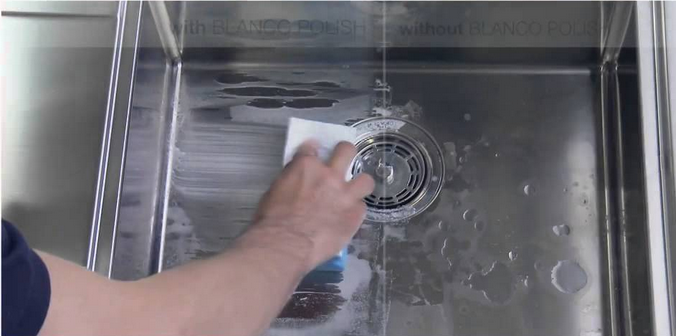
A stainless steel sink is extremely easy to clean and care for. Stainless steel is resistant to rust and corrosion, and it’s completely fine with off-the-shelf household cleaners and chemicals. To keep your sink looking as good as it did the day it was installed, simply wipe down with a soft lint-free cloth to help retain that original sheen and glow.
Lasts For Years
For longevity, stainless steel is probably the best sink-construction choice you’ll find. It won’t crack or splinter, marks and stains can be easily wiped away, and its high-quality looks and performance will last for years. And finally, when the time comes dispose of your sink, stainless steel is a recyclable material. The recycling process retains all of the original properties, so it’s very environmentally friendly. An excellent green option!
Styles To Suit Any Kitchen
A stainless steel kitchen sink is sleek, hard-wearing and classically practical. Whether your kitchen is traditional or contemporary, domestic or commercial, you’ll find a stainless steel sink that will bring out its style, architecture and unique details. There’s a wider choice of stainless steel sink designs than for any other sink material, so take the time to choose one that’s right for your needs. A single-bowl sink with a large draining area would be excellent if you typically use large items of cookware, or leave dishes standing to dry. But maybe you prefer a separate bowl for washing up and rinsing, or for food preparation – if so, why not explore the available double-sink (or even triple-sink) models. As for installation options, there’s no restriction. A stainless steel sink can be installed as an inset or an undermount – there are even eye-catching Belfast (‘farmhouse’) style sinks available in stainless steel. (For more info on sink installations, see our post on ‘How To Choose The Perfect Sink’)
For sharp lines, smooth textures and a timeless look, stainless steel is your ideal choice.
Pro’s
- Attractive
- Huge range of styles & designs
- Lightweight
- Long lasting
- Simple to clean & maintain
- Resistant to rust, corrosion & stains
- Very affordable
- Won’t chip, crack or splinter
- Recyclable material
Con’s
- May scratch or dent without proper care
- Water marking may appear
- Limited (metallic) colours available



